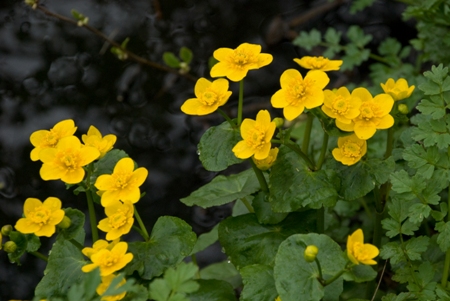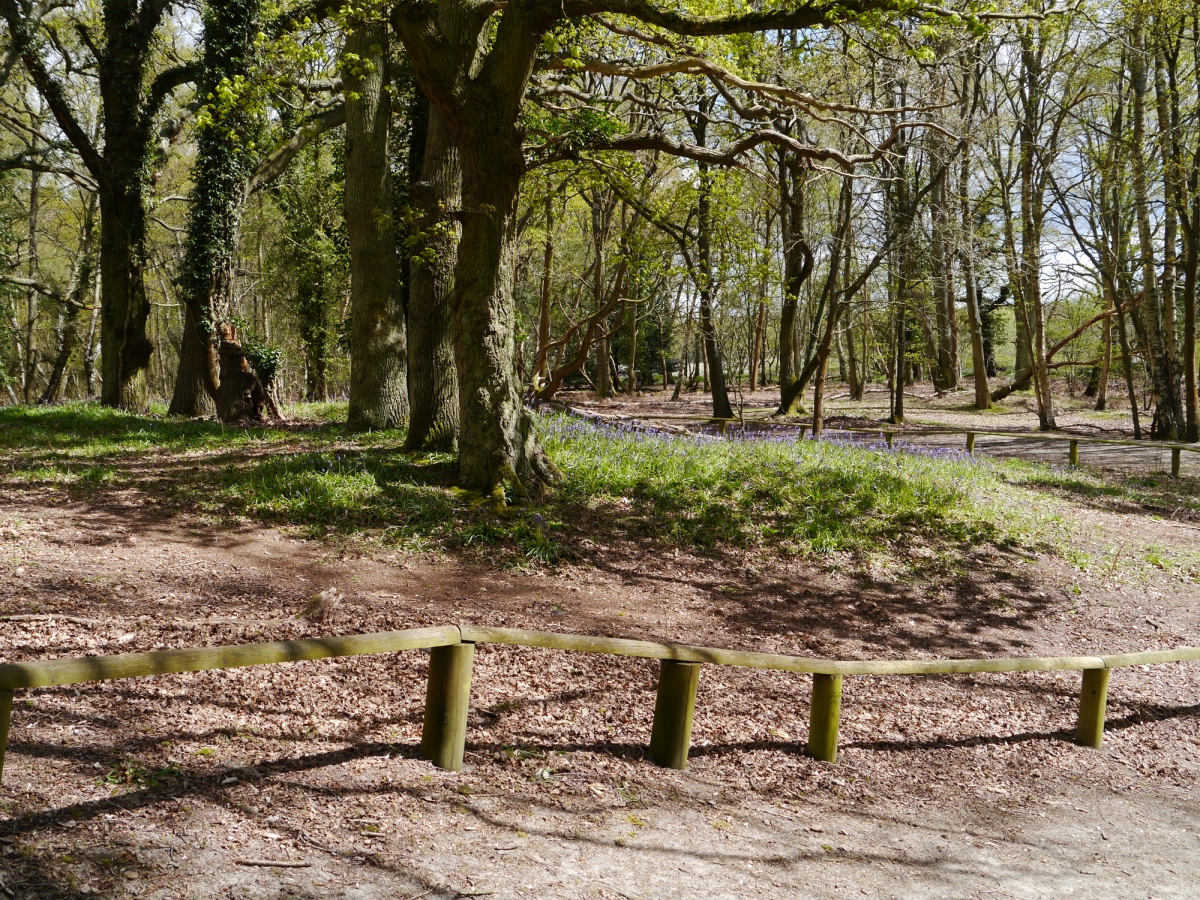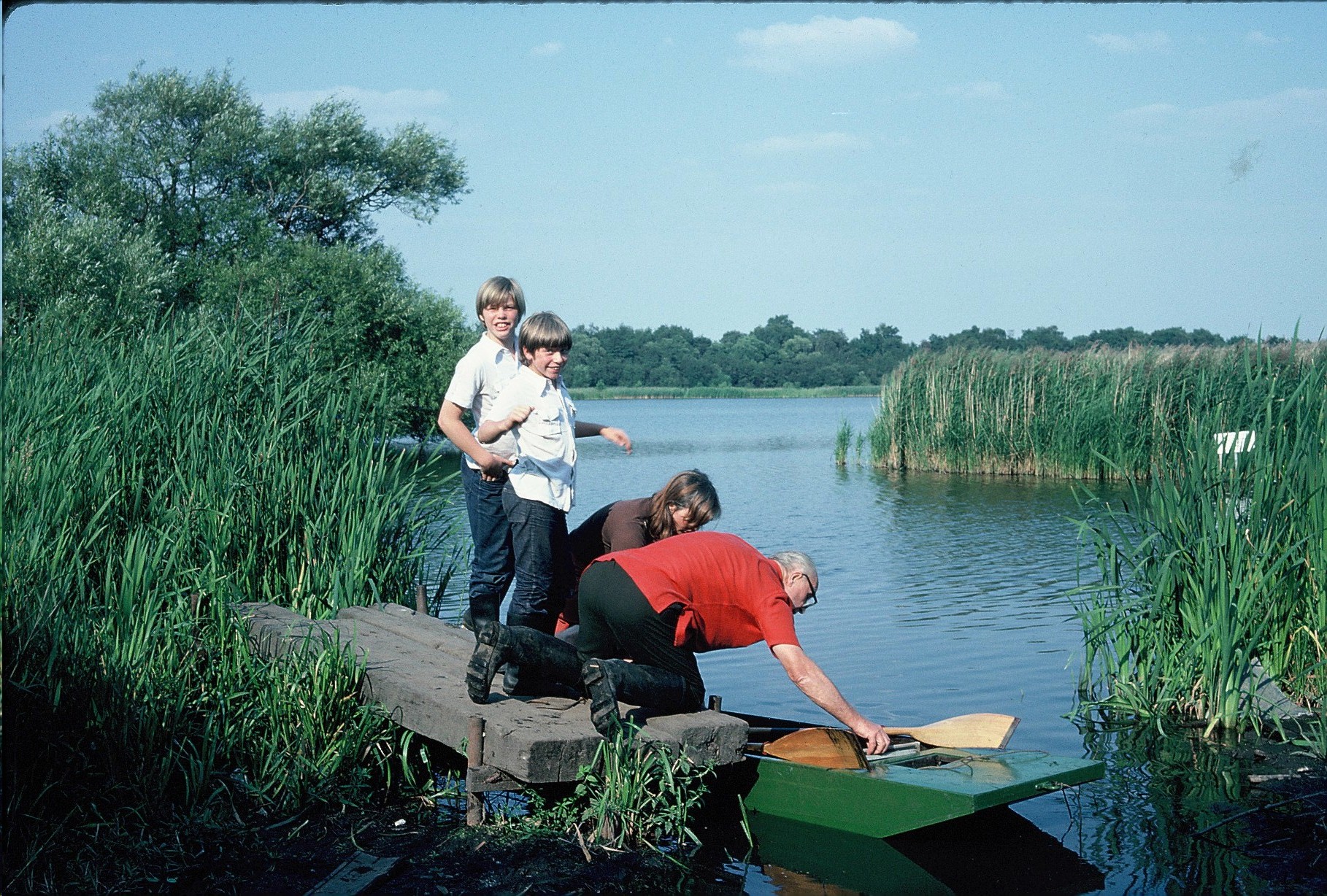
The Butterfly for April, the Brimstone (see picture credit below)
David Pottinger writes:
With the arrival of the (slowly) improving weather, many readers will doubtless be taking walks round the Pond.
Whilst doing this, it’s interesting to try to identify any butterflies and wildflowers seen along the way. Fortunately, members of Fleet Pond Society (FPS) have written a fascinating series of articles on these topics that you might find interesting and helpful.
Peter Martin, who is the President of FPS, has written quite a few butterfly posts that have proven to be very popular. Here are two examples:
Butterflies Around The Pond – Have You Seen Any?
Extract:
“Although over 30 different species of butterfly have been recorded at Fleet Pond, some may not be easily seen as they tend to stay in the areas in which they bred.
Westover Road – Speckled Wood: Where the path starts at the end of Westover Road towards Wood Lane there are patches of bramble which, when in flower, provide a good nectar source for the Speckled Wood. This is a butterfly that likes areas dappled with sun and shade and it is most noticeable when settled on bramble with its wings wide open. As it has several generations, it can be seen from March until September.”
Butterflies At The Pond – 2013
Extract (Butterfly Of The Month: April – The Brimstone; see picture at the top):
“The Brimstone butterfly is regarded as the “harbinger of spring”, as the male is so noticeable due to its “brimstone” colouring when it flies strongly after its winter hibernation. Females are a more whitish-green and are, therefore, often mistaken for Large White butterflies.”
In addition, Michelle Salter, who is the Secretary of FPS, has written a wonderfully illustrated series of articles on some of the wildflowers that can be seen around the Pond at different times of the year, see:
Keep An Eye Out For These Attractive Flowers

Marsh Marigold by Hemelite Bay
Here’s an extract (from the post April Wildflower Watch):
“Along the path from Boathouse Corner to Hemelite Bay, you will see the shiny, bright yellow petals of Marsh Marigold bringing bold splashes of colour to the edges of the pond. A member of the buttercup family, this ancient native plant, also known as Kingcups, May-bubbles, and Mollyblobs appears in early spring and is sometimes still in flower late into the summer months. Its sturdy, dark green, heart-shaped leaves offer shelter to frogs and other pond creatures.
Also making an appearance at Hemelite Bay, and on the banks of the smaller pond to the side, is the Cuckoo flower. Commonly known as Lady’s Smock, it has pretty, pink cupped or ‘frocked’ flowers. These pale blooms attract moths and early-flying butterflies such as the Orange-Tip, as well as bees and flies.

Forget-me-not on banks of Brookly Stream
Adding colour to the woods and along the banks of the Brookly Stream are masses of tiny Forget-me-nots. The five sky-blue petals of the Forget-me-not fuse at the base to form a very narrow tube and the five yellow scales form a ring at the entrance of this tube. The golden colour in the centre of the flower attracts pollinating insects and is a nectar source for early solitary bees.”
Picture credits:
“Common brimstone butterfly (Gonepteryx rhamni) male in flight” by Charlesjsharp – own work, from Sharp Photography.
The wildflower photographs are courtesy of Michelle Salter.















